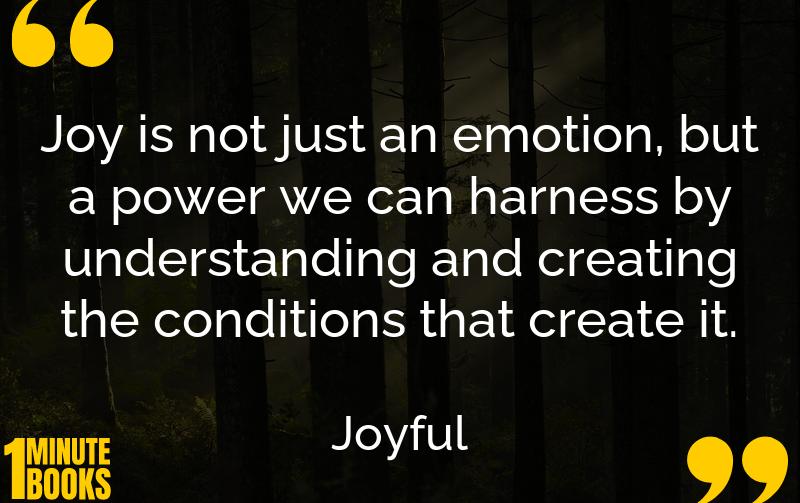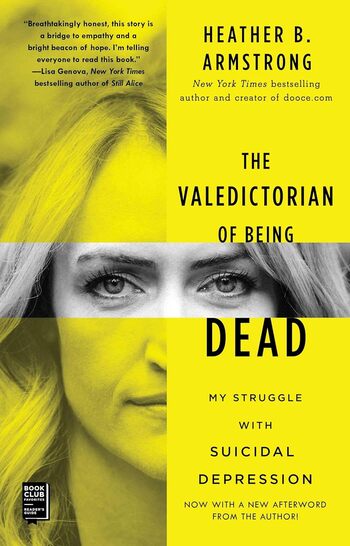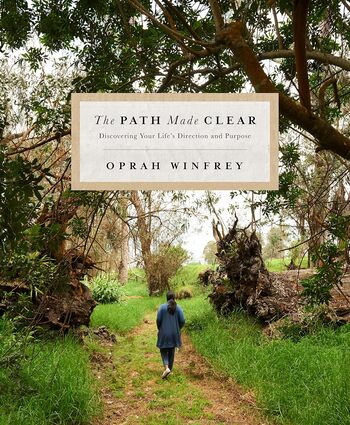
In ‘Joyful’, Ingrid Fetell Lee explores the aesthetics of joy and how ordinary things can significantly impact happiness. She identifies ten elements that trigger joy and offers insights into incorporating them into daily life.
Main Lessons
- Ordinary objects and environments can significantly influence our joy and happiness.
- Joy is not just an emotion, but a tangible sensation that can be cultivated.
- Ten aesthetics of joy include energy, abundance, freedom, harmony, play, surprise, transcendence, magic, celebration, and renewal.
- Colors and shapes, like vibrant hues and circles, can enhance feelings of joy.
- Incorporating joyful aesthetics into the workplace can boost morale and reduce stress.
- Joyful experiences are accessible and can be found in simple, everyday moments.
- Designing spaces with joy in mind can lead to positive emotions and improved well-being.
- Experiencing natural beauty, such as cherry blossoms, can evoke profound joy.
- Playful design elements can tap into childlike joy and wonder.
- A more profound experience of joy often requires intentional exploration.
- Joy is deeply personal, and identifying triggers can enhance well-being.
- Incorporating joy into daily life demands creativity and openness to new experiences.
- Designs and environments that deviate from norms can spark unexpected joy.
- Changing perceptions of ordinary environments can reveal hidden sources of joy.
- Joyful aesthetics can be a tool for improving quality of life and relationships.








